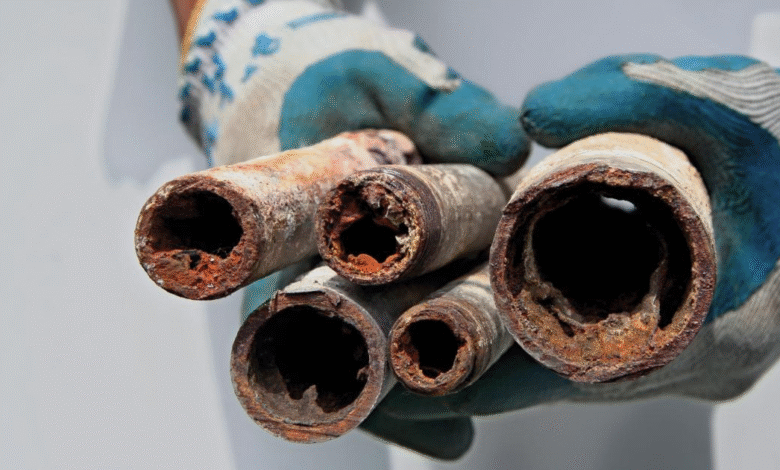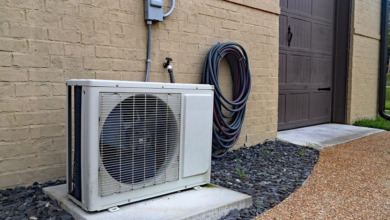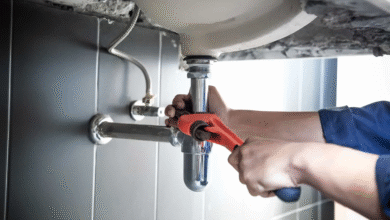Safeguarding Communities: The Significance of Lead Pipe Replacement Initiatives

Key Takeaways
- Lead contamination poses serious health risks and is a priority in public health.
- Replacing lead pipes can significantly improve water quality.
- Community involvement and awareness are crucial for successful lead pipe replacement projects.
The topic of lead pipe replacement has increasingly become a focal point in discussions about public health and water safety. The drive to replace these hazardous pipes is not merely an infrastructural challenge but a fundamental step towards ensuring the well-being of communities. As urban areas continue to grow, aging infrastructures are becoming a ticking time bomb, threatening the purity of water supplies across the nation. Understanding the complexities of this issue is integral for those advocating for change and improvement.
Understanding the Dangers of Lead in Drinking Water
Lead exposure is a silent but significant health risk that affects populations worldwide. Children, especially, are highly susceptible to the adverse effects of lead, which can include developmental delays, lower IQ levels, and behavioral problems. The dangers associated with lead exposure don’t stop with children—pregnant women and their developing fetuses are at considerable risk as well. The World Health Organization has been at the forefront of highlighting these concerns, advocating for stringent measures to minimize lead exposure as a crucial public health measure. Such exposure has long-lasting effects that can perpetuate cycles of health and educational disadvantages, underscoring the urgent need for comprehensive lead pipe replacement.
How Lead Pipes Contaminate Water Supply
The mechanics of how lead contaminates water supplies are now well understood yet deeply unsettling. Water, particularly when acidic or low in mineral content, can corrode the inside of lead pipes, leading to the dissolution of lead particles in the water. This leaching process is exacerbated by fluctuations in water composition and flow speed. The resultant contamination often goes unnoticed until significant harm has occurred. According to studies highlighted by National Geographic, the extent of lead pollution is broad, affecting many communities silently over decades. The health ramifications necessitate immediate attention and a well-conceived plan of action to prevent future occurrences.
The Process of Lead Pipe Replacement
Embarking on a lead pipe replacement project is a complex endeavor that entails meticulous planning and resource allocation. Identifying regions with lead piping is the first step, often requiring extensive surveying and mapping of underground infrastructures. Once identified, the physical process of replacement follows, which includes excavating the old pipes and installing new, safer materials like copper or PEX. These projects may range from several weeks to months, depending on the scale and community infrastructure. The secret to success lies in carefully balancing speed with thoroughness, ensuring the new systems are robust and efficient.
Community’s Role in Pipe Replacement Projects
Community involvement is paramount to the success of lead pipe replacement initiatives. When residents are informed and proactive, they become allies in driving the process forward. Effective communication between local governments and the populations they serve helps alleviate concerns and provides transparency throughout the project. The events in Flint, Michigan, serve as a poignant example of how community action facilitated recovery and policy reform. Initiatives that foster public engagement empower citizens and ensure accountability in project execution and resource allocation.
The Long-Term Impact of Pipe Replacement on Public Health
The long-term health benefits of replacing lead pipes cannot be overstated. Such infrastructure upgrades lead to reduced incidences of lead poisoning and decrease the financial burden on healthcare systems. In communities that have successfully replaced their lead pipes, statistics often show a marked improvement in public health metrics, including reduced medical visits and improved cognitive outcomes in children. Over time, these changes contribute to the overall upliftment of community health standards and quality of life, ultimately fostering environments where citizens can thrive.
Future Trends in Water Infrastructure and Safety
Looking forward, the horizon for water infrastructure is promising, with technological advancements paving the way for more efficient and safer systems. Real-time monitoring technologies, which provide immediate data on water quality, are becoming increasingly accessible. Such advancements empower communities to detect and respond to contamination issues swiftly. Additionally, there’s a growing political and regulatory momentum toward updating and strengthening policies related to water safety, ensuring more rigorous standards and compliance requirements. These efforts, combined with technological progress, present a hopeful future where lead-contaminated water becomes a relic of the past.
The collective action toward lead pipe replacement is more than an infrastructural change; it’s a commitment to uphold public health and environmental integrity. By championing these initiatives, communities can ensure safe water access for generations to come, laying the foundation for a healthier, more prosperous society.




